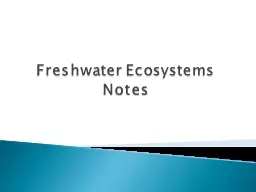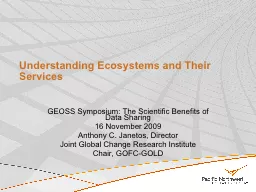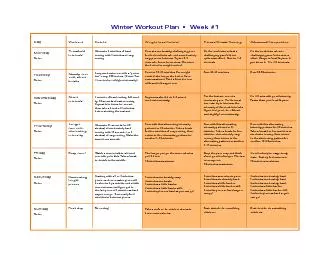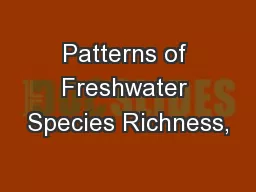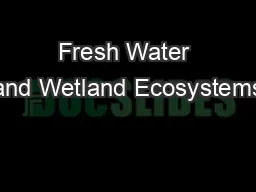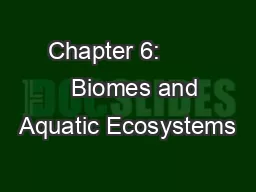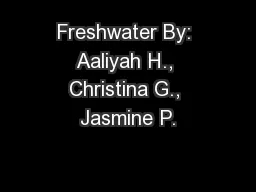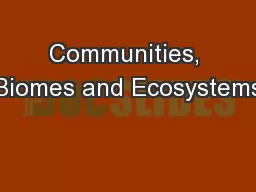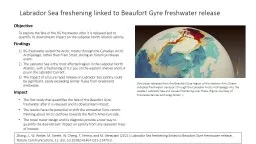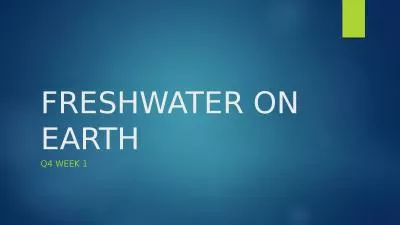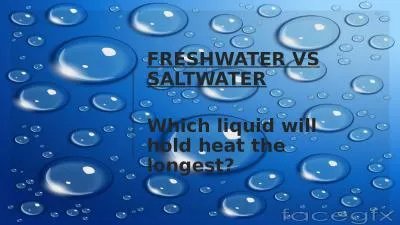PPT-Freshwater Ecosystems Notes
Author : natalia-silvester | Published Date : 2016-06-11
The study of fresh bodies of water Lentic standing water lakes and ponds Lotic flowing water streams and rivers Limnology How might they be different Lentic
Presentation Embed Code
Download Presentation
Download Presentation The PPT/PDF document "Freshwater Ecosystems Notes" is the property of its rightful owner. Permission is granted to download and print the materials on this website for personal, non-commercial use only, and to display it on your personal computer provided you do not modify the materials and that you retain all copyright notices contained in the materials. By downloading content from our website, you accept the terms of this agreement.
Freshwater Ecosystems Notes: Transcript
Download Rules Of Document
"Freshwater Ecosystems Notes"The content belongs to its owner. You may download and print it for personal use, without modification, and keep all copyright notices. By downloading, you agree to these terms.
Related Documents

